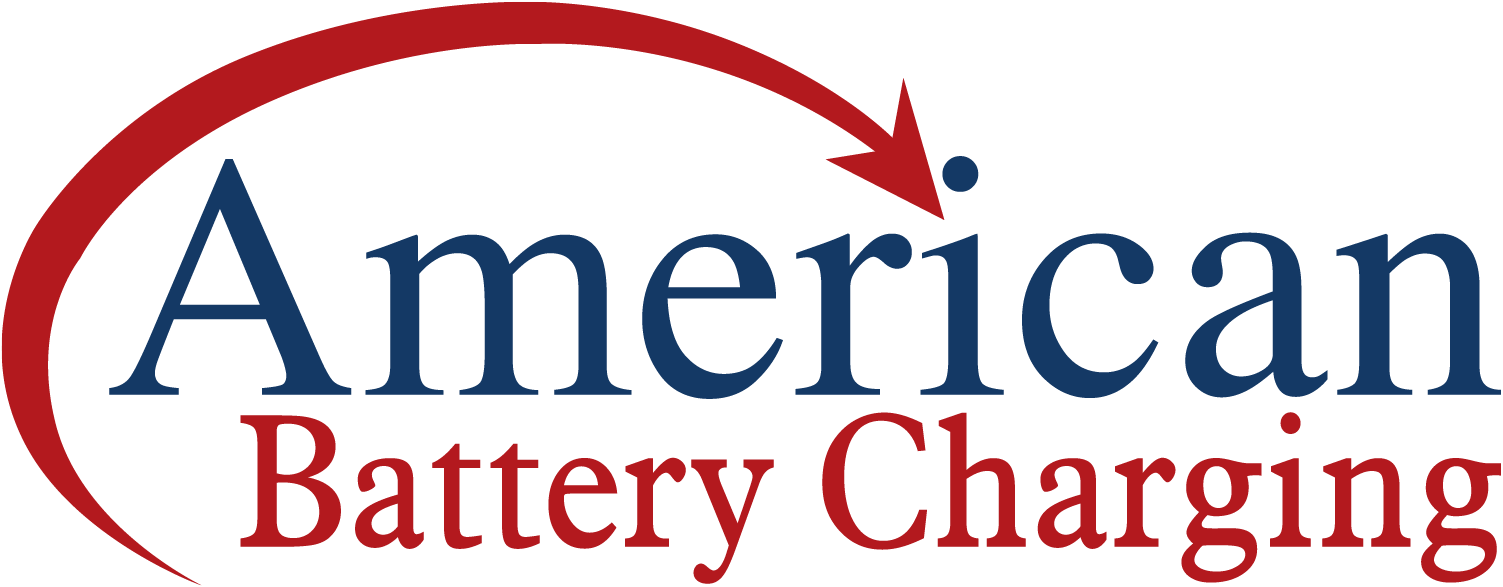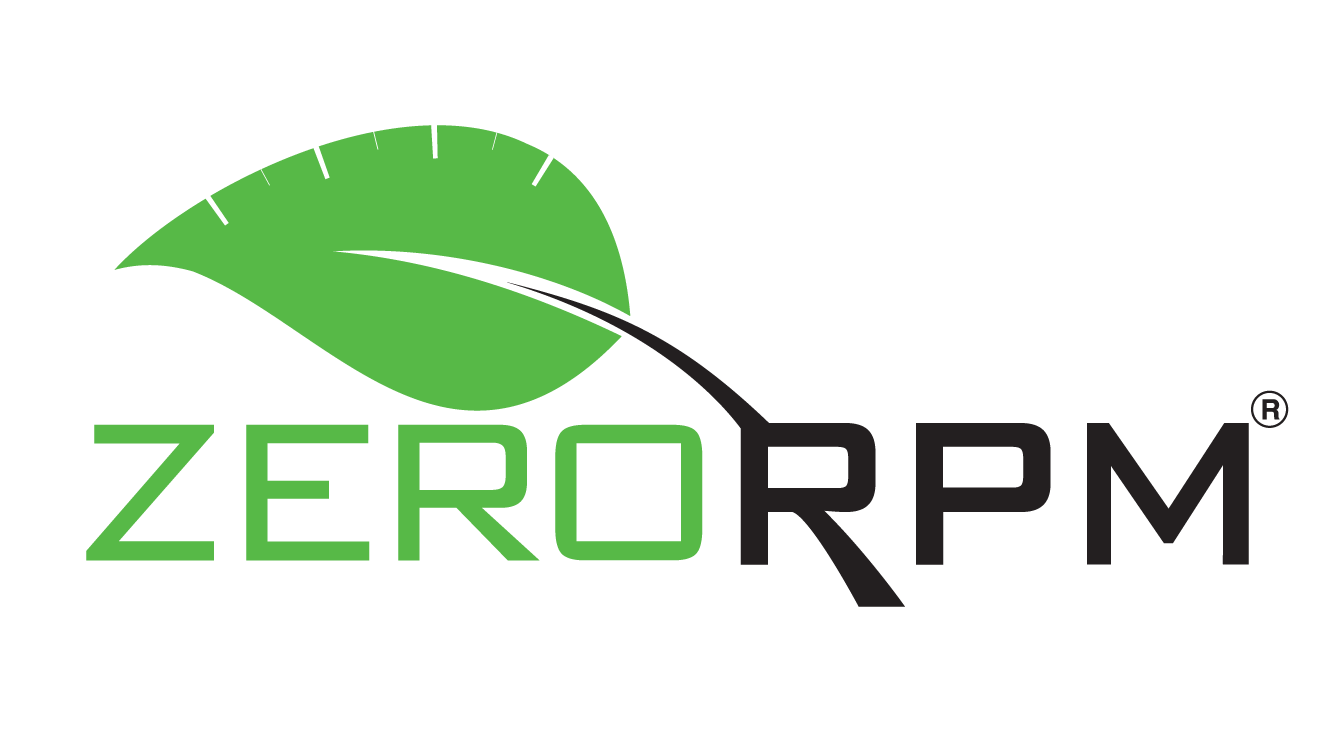The heat content of natural gas, or the amount of energy released when a volume of gas is burned, varies according to the extent that gases with higher heat content than methane are included in delivered gas. EIA is now publishing the heat content of end-use natural gas by state in the Natural Gas Monthly.
4401 Hits
4401 Hits























